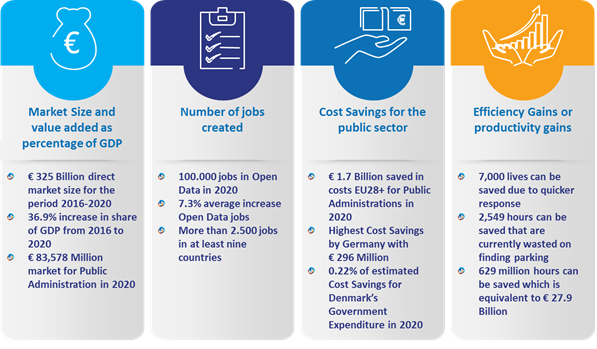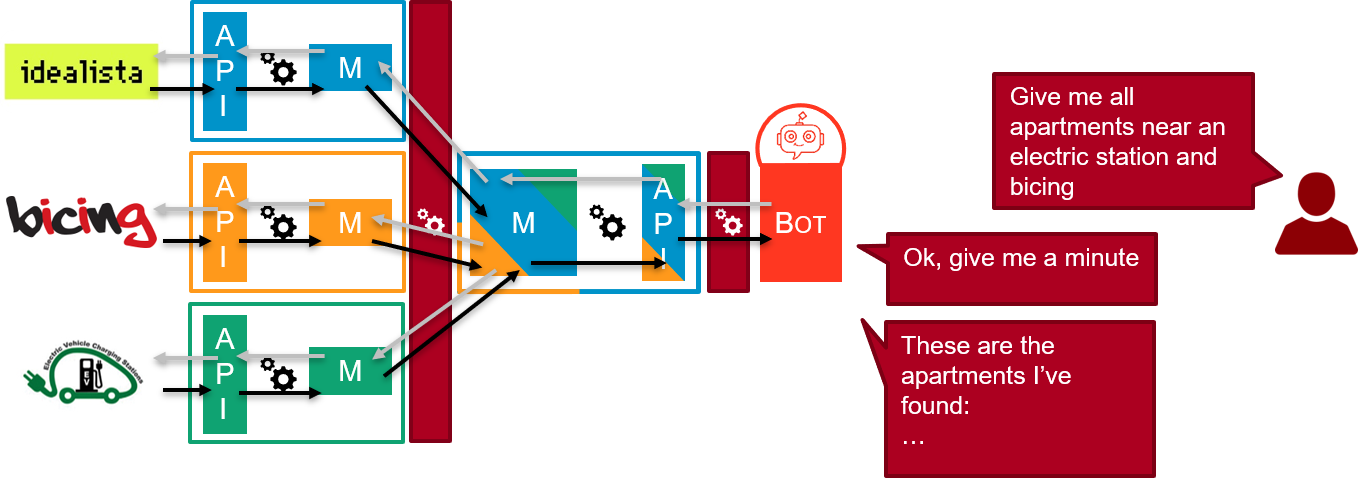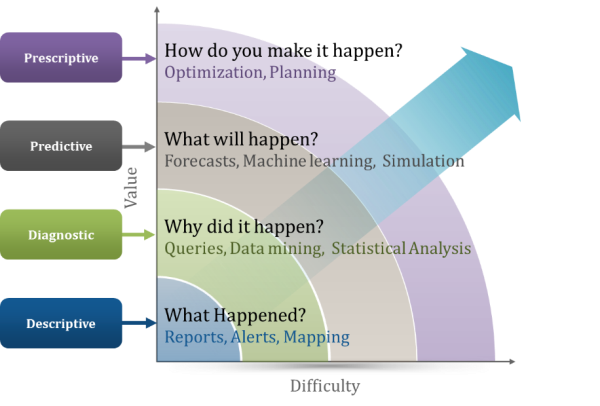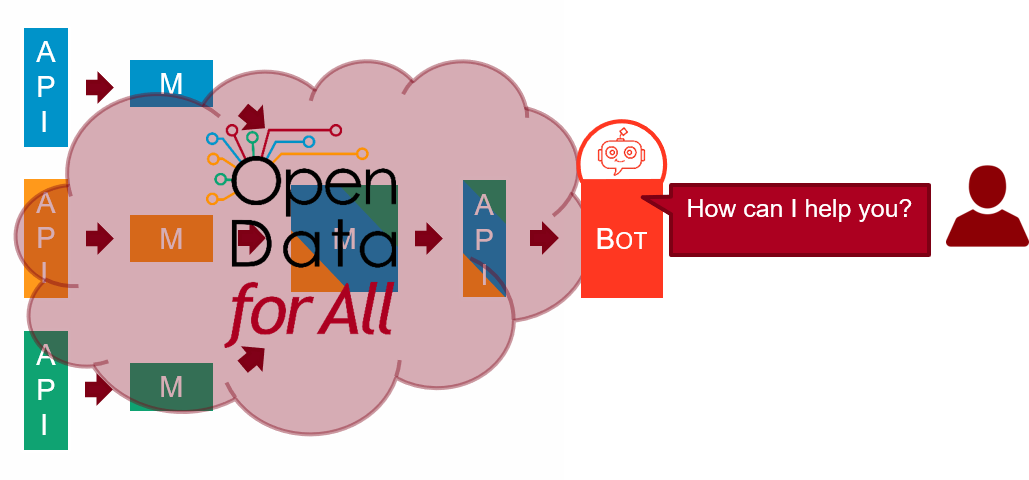We are flooded with open data and bombarded with constant news of new open data initiatives by all kinds of local, regional and national organizations. As an example, see the open data portal of the city of Barcelona, the Catalan catalogue or the Spanish one. To give you an idea, the Spanish portal registers more than 20.000 open data resources while the European data portal, which aggregates all open data initiatives in Europe, links to over 400.000. Clearly, Open data has been a major step forward for the public administrations.

Image source: europeandataportal.eu
Still, what is the real impact at the citizen level of all these initiatives? In my personal opinion, rather limited. Technically speaking, all these initiatives can all be called “open data” as they do offer data that it’s freely accessible to anyone interested. But, as we explained in the post “Open data: are we there yet?“, regular citizens can hardly get any benefit out of it. One of the major roadblocks for any useful Open Data initiatives is the variety and technically-oriented formats the data is made available (CSV, XML, APIs,…).
We need a usable front-end for accessing, browsing and querying open data no matter the storage format, its fragmentation across different sources and other technical constraints. And we believe chatbots are this front-end for open data as they offer the lowest possible barrier to entry. In this sense, we’re collaborating with the “Open Data for All” research project where, in the back-end we try to merge and combine different data sources to provide a more global and unified view of the available data and on the front-end we plug a chatbot to that data model for really opening it to the general public.
The figure below shows an example where a Xatkit bot is used to process a question on available renting apartments near an electric and bicing stations (logos in the figure are example APIs that provide this kind of local information for Barcelona). This question is rephrased as a set of access requests to the individual APIs that are then combined into a global response finally answered back to the citizen.

We do believe that conversational interfaces could revolutionize the way citizens interact with the public administration. But, of course, there are still open challenges. A key one is to understand the very complex questions citizens may pose (even if they are not aware of that). Current chatbot frameworks are mostly oriented to answer “Descriptive” questions but when faced with an open data resource, users quickly start posing diagnostic, predictive and even prescriptive questions. All of them much more challenging to understand and process: they usually require the chatbot to understand statistical-like questions (kind of “what’s the medium price of apartments near a bicing station?”, “how much they differ from the average?”, “are they going up in price?”).

Image source: https://tsailiming.github.io
Xatkit is deeply exploring these challenges and we’ll even present a first demo in the next UOC Research Showcase so if you’re into chatbots, public administration and open data, get in touch!. And in the meantime, and if you couldn’t attend the showcase, take a look at the presentation slides below


